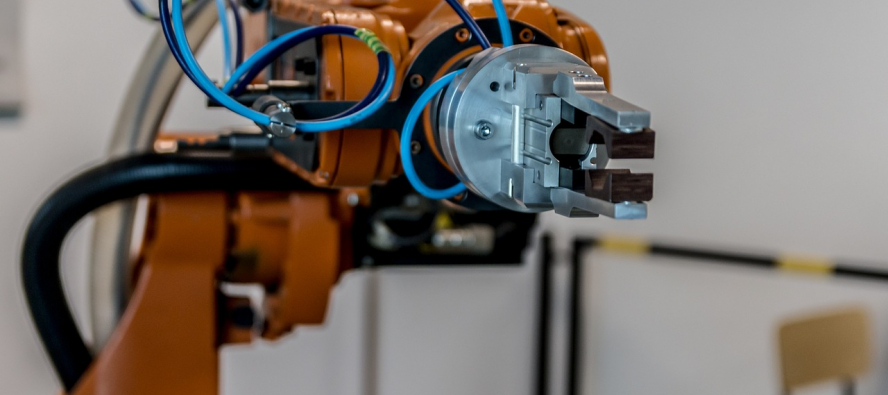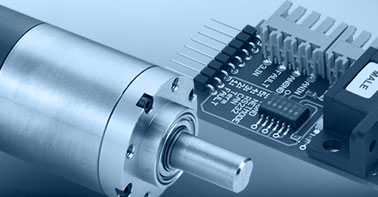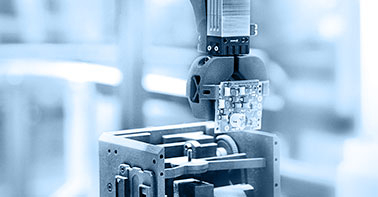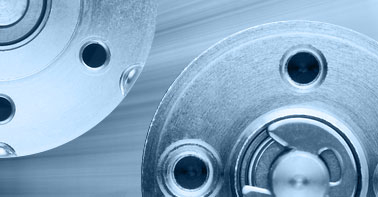- info@ems-ltd.com
- 0118 9817391
Home > PR > Driving Industry 4.0
Driving Industry 4.0
12/05/25 - Choosing the ideal motor for Industry 4.0 applications
12th May 2025
Filed under:
Industry 4.0, Stepper Motors, Custom Drive Design

A Society of Operations Engineers study reveals that 62 per cent of UK manufacturers are preparing for the Industry 4.0 shift, with nearly a quarter already using digitisation and automation. While AI and IoT have drawn much focus, the core components powering these systems, such as motors, are often overlooked.
Industry 4.0 combines IoT, AI and big data analytics, creating smarter, more connected manufacturing. Another key element of smart production is advanced motors — delivering the speed, precision and flexibility needed to bring these technologies to life on the shop floor.
In high-speed production lines and intricate robotic movement, advanced motors allow actions to be performed exceptional precision, enhancing productivity and improving quality. Similarly, as industry shifts from mass production to customisation, it is motors that enable machines to be flexible, allowing production lines to seamlessly switch between tasks, while maintaining output.
Given the importance of motors in driving Industry 4.0 applications, making the right choice is crucial. The question is: how?
Making the right choice
There are several factors to consider when selecting a motor for modern, automated production systems.
An underspecified motor can lead to a range of issues — overheating, excessive wear, system breakdowns — all of which result in costly downtime. Equally, an over specified motor can be just as problematic, wasting energy, increasing operating cost and reducing performance. That’s why it’s essential to match a motor’s capabilities precisely to the demands of the application.
For instance, as they move in controlled steps without needing feedback systems, stepper motors are ideal for high-precision tasks such as positioning robotic arms on assembly lines. In contrast, brushless DC motors are better suited for applications like conveyors or automated guided vehicles, where smooth, continuous motion, speed control and energy efficiency are more important than pinpoint positioning.
Sometimes manufacturing environment, rather than a sole application, is equally important to consider. Brushless motors also generate less electromagnetic interference and operate more quietly. This makes them ideal for potentially noise-sensitive environments, such as clean rooms in semiconductor manufacturing or precision medical device assembly.
However, selecting the right motor is about more than addressing immediate needs. For design engineers, OEMs and machine builders, the key to success is choosing a motor that enables long-term connectivity and reliability. Without considering these factors, manufacturers risk limiting their competitiveness.
Linear servomotors support long-term connectivity goals as they can be integrated with external sensors and communication protocols. In fast-moving or variable environments, this connectivity enables predictive maintenance by delivering valuable data on motor health, enhancing overall system efficiency by allowing manufacturers to reduce unplanned downtime.
Design engineers must carefully consider their applications’ specific requirements and select motors that can perform efficiently while accommodating potential future technologies. Custom drive designs that align with production needs — whether for robotic precision control or low-maintenance performance in automated systems — can help optimise energy use, reduce downtime and support continued adaptability.
Motors are more than just components — they are enablers of precision, efficiency and adaptability. Choosing the right motor ensures seamless integration with automation, optimises performance and supports future scalability. As manufacturing continues to evolve, prioritising energy efficiency, connectivity and durability will be crucial in developing smarter production systems that meet the demands of an ever-changing industrial landscape.
To find out how EMS can help you select the right motor for your Industry 4.0 application, get in touch with one of our experts today.
- Categories / Tags
- 1024...SR
- AEMT
- AESL
- Acceleration
- Agriculture
- Agritech
- Autoclave
- BHS
- BHT
- BHx
- BLDC
- BMotion
- BP4
- BRC Series
- BX4
- BXT
- BeBionic
- Bearings
- Bespoke
- Brushed
- Brushed DC Motors
- Brushless
- Brushless DC Motor
- Brushless DC Motors
- Brushless Dc Motors
- Brushless Motor
- Buhler
- Building Automation
- Bühler
- COVID
- CXR
- Catalogue
- Company Update
- Controller
- Coreless
- Coventry
- Custom
- Custom Design
- Custom Drive Design
- DC Motor
- DC Motor Supplier
- DMN
- Dc Motor
- Design
- Dimatech
- Drive System
- Drones
- EDS
- EMS
- EMS News
- EMS40
- EV
- Encoder
- Ewellix
- Exoskeleton
- Expo
- FAULHABER
- Factory
- Faulhaber
- Flat
- GPT
- Galil
- Gearhead
- IEF3
- IMC
- Industry 4.0
- Industry 4.0. Blog
- Inspection
- KAG
- LL06
- LM
- LVC
- Laboratory Automation
- Linear
- Linear Actuator
- Logistics
- M50
- M80
- MC3
- Maintenance
- Manufacturing
- Mechatronics
- MedTech
- Medical
- Medical Devices
- Medical Imaging
- Medtech
- Merkel
- Motion Control
- Motor
- Motor Supplier
- Neurosurgery
- New
- Nidec
- Nidec Servo
- Optical
- Pain Relief
- Piezo
- Piezomotor
- Pipeline
- Planetary
- Planetary Gearheads
- Point Of Care
- Precision
- Precistep
- Process
- Production
- Quickshaft
- Robot
- Robotics
- Robots
- SKF
- SR Series
- Samples
- Servomotors
- Small DC Motor
- Software
- Space
- Sponsorship
- Stepper
- Stepper Motor
- Stepper Motors
- TMS
- Testing
- Trade Show
- 1016
- 1660
- 1935
- 2017
- 2018
- 2020
- 2021



